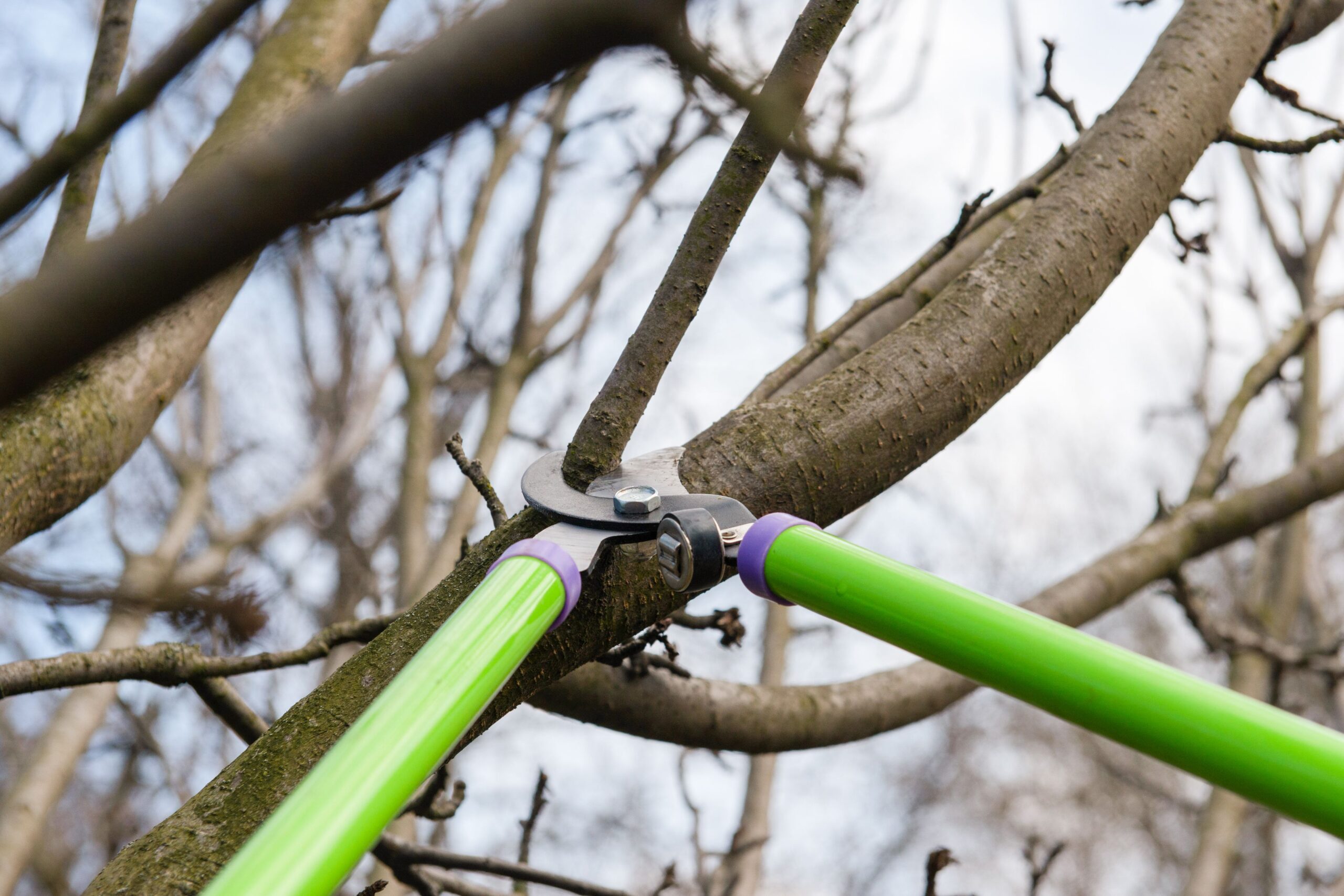[ad_1]
Performing Tree Pruning is the process of removing branches from a tree or removing sections of the tree from the overall growth. The proper method of pruning is very important for the health of the tree and the aesthetics of the tree.
Thinning cuts stimulate growth throughout the tree
Using thinning cuts to prune your trees is a great way to remove unwanted, weak or diseased growth. By removing the growth, you are eliminating competition, increasing air circulation, and enhancing light penetration into the interior leaves.
Thinning cuts are often used in older trees to encourage renewal of fruiting shoots. They are also used in ornamental trees to maintain their size. They are most effective when used to maintain the natural form of woody plants.
They also improve air circulation, improve sunlight penetration, and stimulate growth throughout the tree. Fruit trees often benefit from thinning, as it prevents disease and promotes fruit production.
They are also used to stimulate the growth of lateral shoots. This stimulation is proportional to the severity of the pruning.
Pessimistic error pruning
Optimistic pruning is the art of removing non-essential nodes from a tree. This can result in the creation of a smaller but better performing tree.
Pruning is the process of removing parts of a classification model to better explain random variation. This is useful for improving the accuracy of a model on fresh data. Pruning can be performed in a number of ways. Its most common form is the removal of nodes with ight.
The most basic pruning procedure involves identifying a node as a leaf node by using the label of the most popular class in the tree. Then the anticipated error rate of the branch with the node is estimated. This anticipated error is measured in terms of the weighted sum of the expected error rates of its children.
Three-cut method
Using the three-cut method to prune your trees is a great way to remove large branches without damaging the tree bark. Using this method, you will be able to remove the bark and the bulk of the weight from the branch, while also preserving the bark on the main trunk of the tree.
The three cut method involves a sawing motion that makes a saw cut, an undercut, and a final cut. It is important to do this correctly so that the cut will seal properly. The correct cuts will reduce the chance of pest attack and protect the tree from disease.
The first cut is the most important. It should be applied on the underside of the branch and should remove about one quarter of the branch’s weight. It should also leave a slight stub. This will protect the branch collar and allow faster healing of the cut.
Heading cuts
Using heading cuts when tree pruning can be a useful technique to thicken desired branches and to control the growth of branches. However, heading cuts can be detrimental to a tree if they are used improperly. They can cause congestion, disease, and pests. In addition, they can also lead to structural problems, including dead wood.
Heading cuts are commonly made by inexperienced gardeners. A heading cut involves cutting a limb or branch to a weak node. This node is a dormant bud under the bark. It is weaker than a mature node and cannot replace the growth removed by pruning.
The cut is made perpendicular to the long axis of the stem. A heading cut should be made by a minimum of one-third of the previous year’s growth. This allows for new shoots to develop from the lower buds.
Unprune nodes
Generally, the question of whether to unprune nodes after tree pruning depends on the type of decision tree being generated. Pruning can help to reduce overfitting and increase generalisation. In some cases, it can also help to reduce the size of a tree.
Pruning is a commonly employed method for alleviating overfitting problems in decision trees. Pruning is often a part of a practical algorithm and is crucial to learning accurate classifiers.
Pruning can also be used to improve classification accuracy for unseen objects. Pruning can be performed in two main phases. The first phase is tree building and the second is pruning the tree.
Proper technique essential for recovery, health and aesthetics
Using proper techniques for tree pruning is an essential part of maintaining the health and aesthetics of your trees. A good pruning method requires understanding of the biology of trees and their ability to heal themselves after damage. A proper pruning method should also avoid damaging the structure of the tree.
It is important to remember that trees are very sensitive to mechanical and physical injury. Trees are also susceptible to diseases that can spread through woody material that is not properly pruned. The branch bark ridge is the best defense against diseases and insects. This ridge is a narrow, but parallel area of bark that grows on the upper surface of the branch.
[ad_2]
